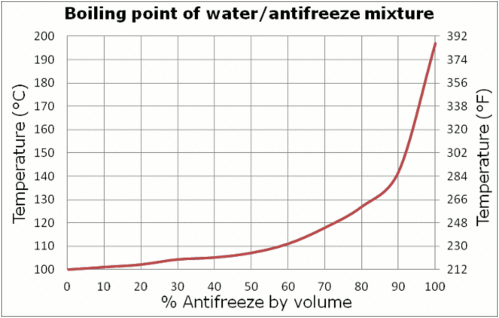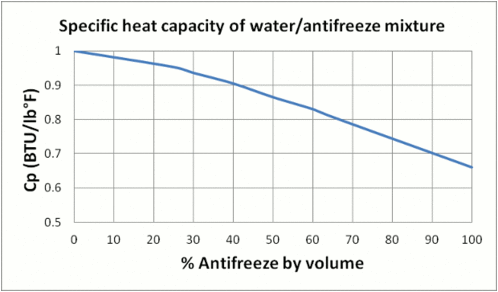I have been having some issues with overheating when the engine is at high load for greater than normal periods (such as long steep hill climbs, gymkhana, repeated 0-100 runs) ever since I have had the car. Driving around town or on the highway I never see a rise in temperatures, there have been a few times on very hot days where it has crept slightly but never inexplicably (i.e. there is always either high ambient temp, or I am stressing the engine).
If the car was only driven like most cars are (e.g. your average camry), this would probably not be an issue - the problem is that I want to do at least hillclimbs and gymkhanas in it, and also to be able to go for a spirited drive in the hills without having to watch the temp guage and temper my throttle accordingly (defeating the purpose of the car really). I have read all the threads that I can find RE overheating, alloy radiators etc but I have yet to see any direct comparisons between the stock radiator and the aftermarket (thicker) alloy radiators. I will come back to this, now to my options:
I have seen that a few on here have the Golpher (Gopher?) brand alloy radiators (http://www.ebay.com.au/itm/MITSUBIS...=AU_Car_Parts_Accessories&hash=item3f20a3ce74) and have seen no real negative feedback. They have a 40mm core, and will allow me to retain the current plumbing of my auto trans cooler lines.
The other option I have found is from Winner Racing (http://www.ebay.com.au/itm/aluminum...r_Truck_Parts_Accessories&hash=item20bc5821e1). Has anyone had experience with one of these? I have no idea of the quality, or the fit unlike the Golpher. The only reason that I would even consider it is that the core thickness is 56mm. Does anyone have any opinions (or even better, facts) as to the benefit of the extra thickness on cooling potential, or the potential problems with making it fit?
Are there any other options out there that I have missed?
Back to earlier, has anyone got any temperature comparisons for stock v alloy (engine temp over the same steep hill on similar days, temp drop across the cores etc). I am working on getting Evoscan running to log some temperatures, so I should be able to answer that in the future - can anyone confirm the correction needed to the temp value displayed in Evoscan? I think i reads 8 degrees too high...
I am intending to keep the stock fans as I have never had a problem at low speed, and am also looking at making some sort of front shroud to direct all the air from the grill opening through the intercooler, condenser then radiator rather than have some of it disappear into the wheel arches. Any input with regards to that would be appreciated
Thanks in advance,
Martin
If the car was only driven like most cars are (e.g. your average camry), this would probably not be an issue - the problem is that I want to do at least hillclimbs and gymkhanas in it, and also to be able to go for a spirited drive in the hills without having to watch the temp guage and temper my throttle accordingly (defeating the purpose of the car really). I have read all the threads that I can find RE overheating, alloy radiators etc but I have yet to see any direct comparisons between the stock radiator and the aftermarket (thicker) alloy radiators. I will come back to this, now to my options:
I have seen that a few on here have the Golpher (Gopher?) brand alloy radiators (http://www.ebay.com.au/itm/MITSUBIS...=AU_Car_Parts_Accessories&hash=item3f20a3ce74) and have seen no real negative feedback. They have a 40mm core, and will allow me to retain the current plumbing of my auto trans cooler lines.
The other option I have found is from Winner Racing (http://www.ebay.com.au/itm/aluminum...r_Truck_Parts_Accessories&hash=item20bc5821e1). Has anyone had experience with one of these? I have no idea of the quality, or the fit unlike the Golpher. The only reason that I would even consider it is that the core thickness is 56mm. Does anyone have any opinions (or even better, facts) as to the benefit of the extra thickness on cooling potential, or the potential problems with making it fit?
Are there any other options out there that I have missed?
Back to earlier, has anyone got any temperature comparisons for stock v alloy (engine temp over the same steep hill on similar days, temp drop across the cores etc). I am working on getting Evoscan running to log some temperatures, so I should be able to answer that in the future - can anyone confirm the correction needed to the temp value displayed in Evoscan? I think i reads 8 degrees too high...
I am intending to keep the stock fans as I have never had a problem at low speed, and am also looking at making some sort of front shroud to direct all the air from the grill opening through the intercooler, condenser then radiator rather than have some of it disappear into the wheel arches. Any input with regards to that would be appreciated
Thanks in advance,
Martin


